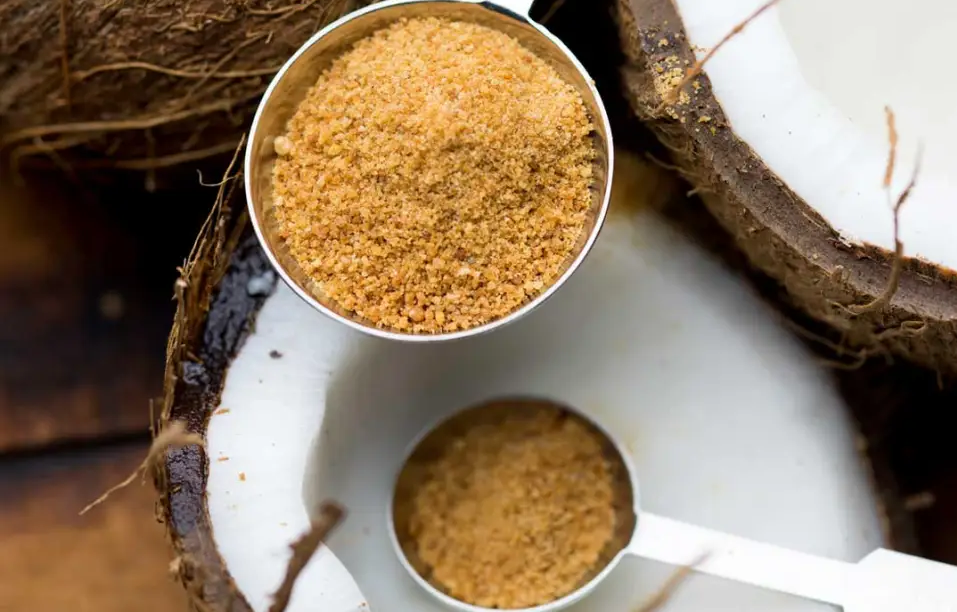Calcium and vitamin D are two of the most critical nutrients in an osteoporosis diet. They play complementary roles in maintaining strong and healthy bones, and their presence in your diet is essential for preventing and managing osteoporosis.
1. Calcium:
- Role: Calcium is a mineral that is a primary component of bone tissue. It provides strength and structure to bones and helps them maintain density and strength.
- Daily intake: The recommended daily intake of calcium varies by age and gender but generally ranges from 1,000 to 1,300 milligrams for adults. It’s best to get calcium from dietary sources rather than supplements whenever possible.
- Food sources: Calcium-rich foods include dairy products (milk, yogurt, cheese), leafy green vegetables (kale, spinach, collard greens), tofu, almonds, canned salmon with bones, and fortified foods like orange juice and cereals.
2. Vitamin D:
- Role: Vitamin D is essential for the absorption of calcium in the intestines. Without enough vitamin D, your body cannot effectively absorb the calcium you consume, making it difficult to maintain bone health.
- Daily intake: The recommended daily intake of vitamin D varies by age and can range from 600 to 800 international units (IU) for adults, although some individuals may need more depending on factors like sun exposure and overall health.
- Sunlight: The skin produces vitamin D when exposed to sunlight. Spending time outdoors in the sun is a natural way to boost your vitamin D levels. However, the amount of sunlight needed can vary based on factors like skin tone, geographical location, and time of day.
- Food sources: Dietary sources of vitamin D include fatty fish (salmon, mackerel, tuna), egg yolks, fortified dairy products, and fortified cereals. However, it can be challenging to get enough vitamin D from diet alone.
In summary, calcium and vitamin D work together to support bone health. Calcium provides the structure for bones, while vitamin D ensures the efficient absorption of calcium from the digestive system. To maintain strong bones and reduce the risk of osteoporosis:
- Aim to get adequate calcium from food sources, including dairy products, leafy greens, and fortified foods.
- Ensure you have sufficient vitamin D either through sun exposure (with proper sun safety precautions) or through dietary sources and supplements if needed.
- Consult with a healthcare professional or a registered dietitian to determine your specific calcium and vitamin D needs based on your age, gender, and individual health status. They can help you create a personalized osteoporosis diet plan to meet your requirements and reduce the risk of bone loss.









5 thoughts on “The Role of Calcium and Vitamin D in an Osteoporosis Diet”